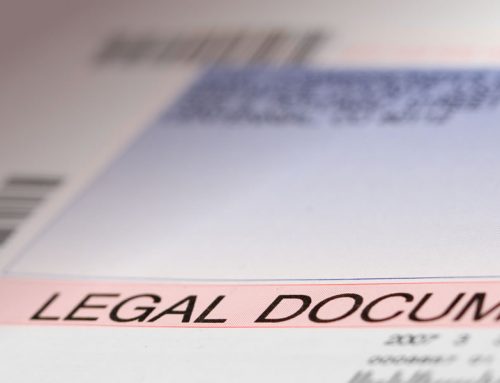Debt Collection – Statutory Demands
There are two major steps you can take to enable you to recover Debts / money that is owed to you:
1. A Statutory Demand is the first step. It is served on the debtor in order to establish the debt and formally request payment.
2. A Bankruptcy Petition to force the debtor into bankruptcy.
The Statutory Demand should include:
• The name and address of the debtor and the creditor.
• The demand must be signed and dated by the creditor or a person appointed by them to act on their behalf.
• It must detail how the debt was incurred, specifying any interest and fees.
• A total amount owed – the creditor cannot add further interest after the date specified in the demand.
• It should also include the reason why they creditor believes the debtor will not be able to satisfy the debt, for example previously missed deadlines to pay the debt.
Once the debtor has received the Statutory Demand they have just 21 days to pay the debt in full or at the very least agree a payment plan with the creditor.
If payment is not made, or an acceptable agreement is not reached, you can then apply to bankrupt the debtor. There are certain conditions though:
• The person that owes you money must owe at least a total of £5000.00.
• You must check that the debtor is not already in the process of, or has been, declared bankrupt in the last 18 months. You can do this by contacting your Local County Court.
• You must fill out the appropriate forms in order to send a Statutory Demand for payment.
• You must be able to prove the debt.
Proving the debt is not as hard as it sounds. You may have the invoice for the initial transaction, however even if you don’t have this you can still serve a Statutory Demand. most creditors use a professional process server, who will provide you with evidence of the service, and be up to date with all the rules and regulations involved in bankruptcy proceedings.






